Top pros and cons as Sunshine Coast eastern and western suburbs compared
There has long been an east vs west of the Bruce Hwy divide on the Sunshine Coast, but how do they really compare when it comes to lifestyle, business and property? VOTE IN OUR POLL.
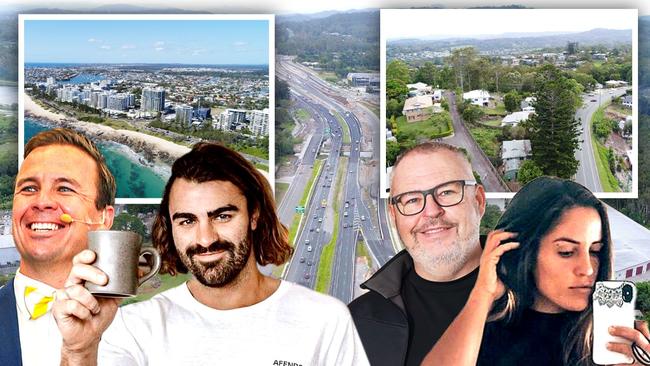
Property
Don't miss out on the headlines from Property. Followed categories will be added to My News.
The Bruce Hwy has long been a natural border between the Sunshine Coast’s typically wealthy coastal side and the modest country towns.
From Caloundra up to Coolum Beach, the east side of the enormous road network is home to beaches, coastal views and luxury homes.
To the west along the Blackall Range, hardworking bushland areas of Nambour, Maleny up to Mapleton and Yandina encompass lush greenery, farming and acreage properties.
The Sunshine Coast Daily has taken a deep dive into the split between east and west, the country and coast areas and their property markets, their businesses and their lifestyles.
Demographics
The demographics of both sides of the highway are quite similar with median ages in the mid 40s partnered with similar median weekly incomes from $1300 to $1600.
Property experts say for parts of the east side of the Bruce Hwy, it can be a mix of semi-retirees, lifestyle enthusiasts and budding families looking for better lifestyles.
This coastal lifestyle craves proximity to venues and shopping centres, the freedom for physical activities and the low maintenance required for apartment style living.
Larger homes located close to local amenities are a big draw card bringing in the professional modern family according to real estate sources.
Ranging from their mid 30s to early 40s, these family units were willing to invest in homes that can offer a better life for their children close to the beach.
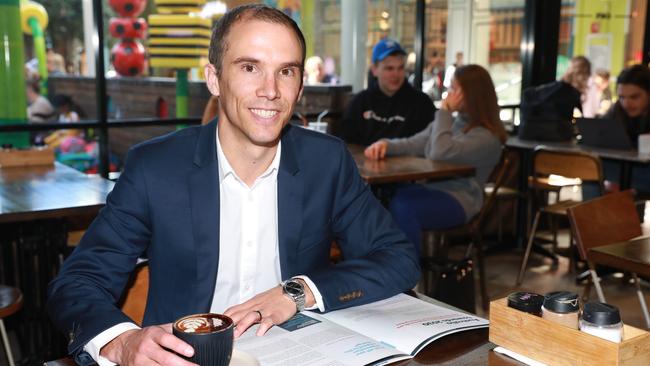
McCrindle demographer Geoff Brailey said household income was typically higher along the coast compared to the hinterland.
Mr Brailey said this was partly because the coast was home to young, well-educated demographics, with Generation Z showing one in two people having a tertiary education, and one in three having a side hustle.
He added that house prices were typically higher on the coast, which attracted people with rather handsome incomes.
In the country, he said there were also fewer job opportunities, though this trend might be changing with remote work on the rise.
Asked about family sizes, Mr Brailey said families in the hinterland were a touch larger.
For example, he said the average number of kids per family in Coolum was 1.7, and two in Kenilworth. Though, this data may be skewed given there were 2500 families in Coolum and only 80 in Kenilworth.
He added that the average age in the hinterland was higher compared to the coast.
Real estate
When looking at the real estate markets across the great Bruce Hwy divide, it’s clear the cost of living has greatly affected house prices on both sides.
Real estate data revealed an enormous jump in property values from 2017 to 2022, with Maroochydore increasing by as much as $410,000 over half a decade.
Mooloolaba’s rise was even higher, increasing from $733,500 in 2017 to $1.3m in 2022.
Ray White Maroochydore director Dan Sowden said the influx of luxury riverfront apartments, particularly along Duporth Ave in Maroochydore, had changed the property market.
Mr Sowden said projects from Mosaic Property Group through their Avalon site opened the gates for developers into the market.
“At the time it went beyond what was traditionally developed in the area, it raised the bar,” Mr Sowden said.
Mr Sowden has witnessed the increase in property values on his side of the Bruce Hwy, attributing it to supply and demand, the ability to finance and lifestyle markets.
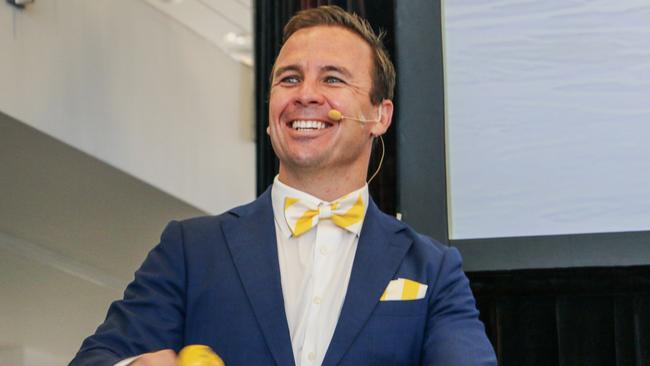
“The genuine demand that’s driving new people to the Sunshine Coast is the fact they naturally want to live closer to the beach, with the Bruce Hwy becoming a natural border,” he said.
“They’re also looking for proximity … most private schools would be on the eastern side of the Bruce Hwy, along with more shopping complexes, they’re looking for that lifestyle.”
Mr Sowden said this differs in comparison to hinterland buyers, saying in his experience they wouldn’t think about the Bruce Hwy but whether they would live on or off Blackall Range.
“They’re looking for views or flat plots of land off the range, their barometer would be different compared to those looking to be by the coast,” he said.
When analysing house prices in hinterland areas such as Nambour and Palmwoods, they too received similar increases in that five year period, jumping by $305,000 and $356,250 respectively.
That Place Real Estate’s Diana Davidson said interest in the hinterland areas including Nambour, Maleny and Palmwoods had increased due to its affordability, along with a rise in subdivisions.

Ms Davidson said these projects particularly in Palmwoods had helped expand the suburb hugely, receiving similar prices to new homes popping up in Mountain Creek and Buderim Meadows.
The veteran agent said there had also been a rise in house prices in other parts of the hinterland as young families migrate to the area.
“The need for a nice rural home has increased, there’s definitely a demand since Covid with these properties attracting a lot of interest,” she said.
“They want a hinterland lifestyle change, and we’re seeing a lot more young people come here and they’re offering services to the community, and in return they’re looking for acreage.”
Business
Taking a peek at how business is handled on the coast versus the country, one of the biggest differences is how loyal local customers are in the hinterland , but only if the price is right.
Kelly Robson, who founded Shotgun Espresso in the heart of Maleny in 2014, said one of the biggest benefits of running a cafe in the hinterland was having a “crazy strong” community who loved good coffee.
Testament to this, Ms Robson said the locals rallied around her cafe during the early days of Covid-19, adding that some coastal cafes might not have the same support.
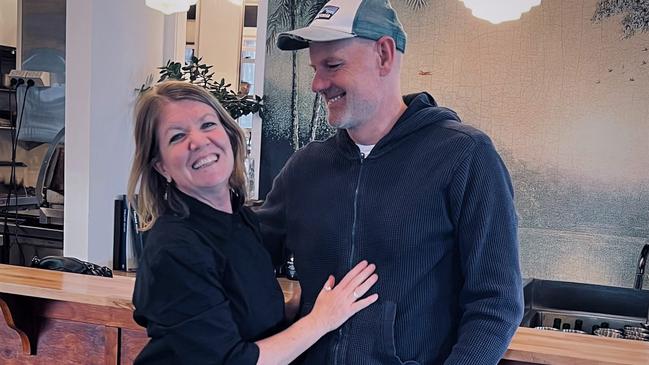
She said the hinterland town had an older demographic, but young, city folk often poured in on the weekends. She said she catered her menu, music and decor to attract the weekend crowd while taking care of her keen locals.
Conversely, Ms Robson said it can be difficult to find staff in the hinterland, having a small pool of talent given locals raised in the area often left the nest between aged 18 and 35.
“Every now and then, you run out of people to choose from,” she said.
While there were plenty of benefits to running a cafe in the hinterland, cafes along the coastline were just as happy.
John Kyle Espresso owner Matt Allman, who has owned his well-known cafe in Buderim since 2018, said running a cafe on the coast was “great” and even welcomed the competition from other cafes on the coastline.

“It forces you to lift your standards,” he said.
Mr Allman said his customers had a mix of age, genders and lifestyles, and many were relaxed, patient and open to a chinwag.
Sunshine Coast high-profile restaurateur Tony Kelly boasts eight booming restaurants in the region, with five near the coastline, including Rice Boi, and two in the hinterland, Piggyback and Eudlo General Store.
Mr Kelly said the key difference between having a coastal and country venue was customers in the hinterland were noticeably community-minded, saying they will “really treasure” a good product.

“My feeling is they have been under serviced for years, so now they actually have some options, they really want to support you,” he said.
But with a strong reliance on local support, he said it was vital to offer a good product to satisfy and retain them.
“If you mess it up, you are dead in the water,” he said.
He added that rent was more affordable in the hinterland, allowing businesses to grow and be successful while under “much less” pressure.
Lifestyle
Coastal living or hinterland bliss are both tempting lifestyles for prospective residents, with both having positives and negatives.
The hustle and bustle of the densely populated coastal areas such as Maroochydore and Alexandra Headland may have the bright lights, but some say it isn’t what it’s cracked up to be.
Ex-Bachelor contestant and former business owner Elora Murger agrees. She ran the Rusty Batch cafe in the heart of Mooloolaba before selling in 2020.
The talented equestrian rider said she had since moved from Mooloolaba to the lush fields of Yandina from Ilkley to accommodate her horses.
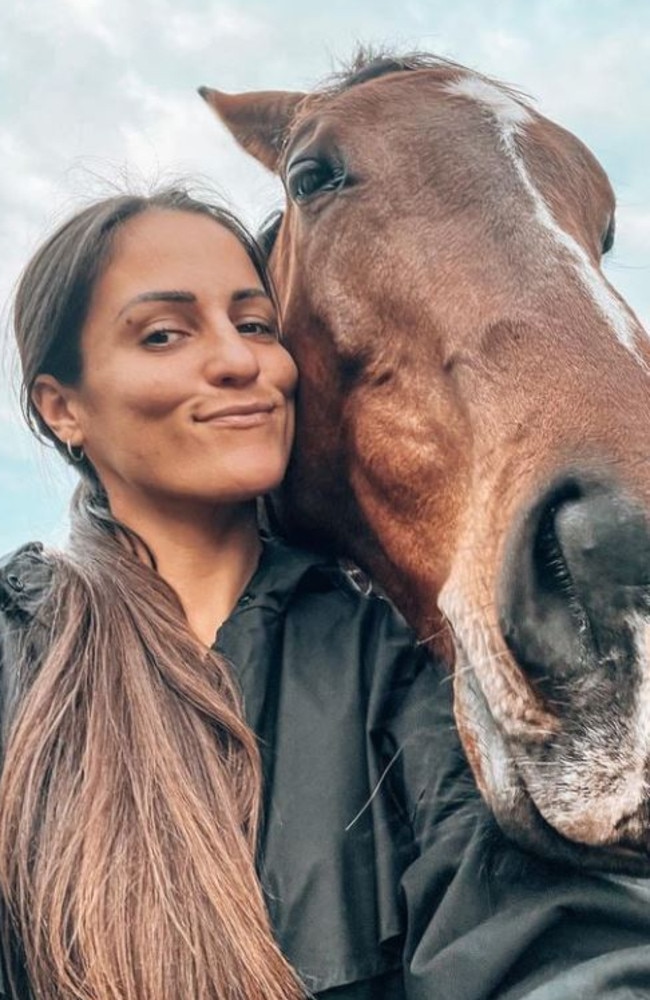
“It was getting way too busy down there, we don’t even go down there on the weekends now,” Ms Murger said.
“To go to Mooloolaba and find parking is just way too hard … at the moment we feel it’s time to explore other authentic cafes and restaurants around Yandina, and West Woombye.
Ms Murger said she and her partner moved to the Sunshine Coast several years ago to escape Sydney’s fast paced city life, wanting to enjoy nature and focus on her personal goals.
“We’re only 25 minutes from the beach now as well and the best part is that I don’t see and I’m not bothered by neighbours,“she said.
“I have no issues getting out of my driveway either.”
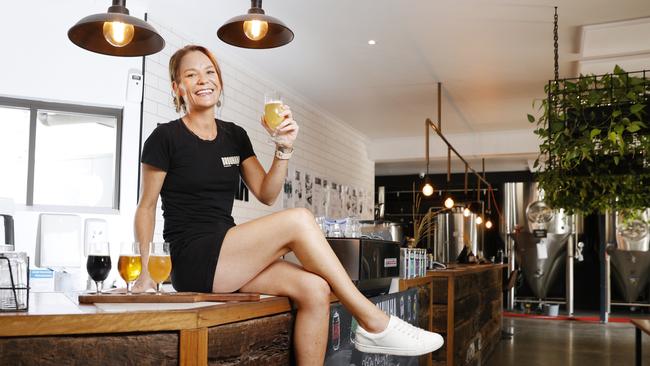
Brouhaha Brewery gets to taste both sides of the region, pouring beer for punters at its rustic venue in Maleny and light-coloured, coastal site in Baringa, with deliberate designs to reflect their respective environments.
Brouhaha Brewery business development manager Rebekah Smedley said there was “definitely” a difference in the type of customers at each brewery.
She said her hinterland venue had a strong, local following and served tourists from as far as Noosa and Brisbane, while her coastal venue catered to many young families and tradies.
Ms Smedley said the cultures were noticeably different too, saying Baringa had a young, fresh, and fast-paced lifestyle while Maleny was slow and relaxed with plenty of farmers and producers stopping by for a cold one.
“No one’s rushing,” she said.
She said punters in the country often drank less too because they had to drive home while those east of the highway were able to have a few more sips given they had access to Uber.




